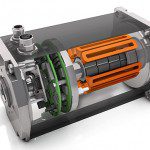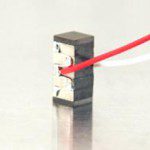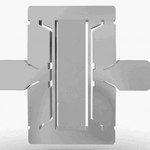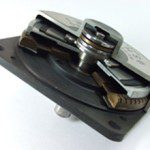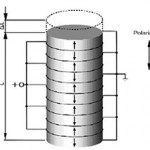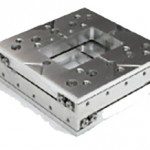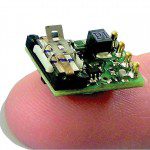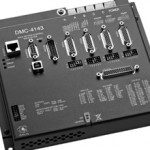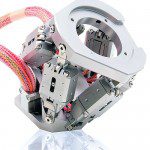Updated November 2019 ⚙️ Leading trends in electric motors for motion designs are migration to custom solutions; heightening emphasis on efficiency; and (where suitable) more use of motors that allow for miniaturization (with power-dense designs) and connectivity for IoT capabilities. “As reshoring picks up steam, we see more mass-customization,” said Scott Evans, director of product […]
Piezo Motors Archive
Get the latest product news, technical info, and FAQs about peizo motors.
FAQ: Don’t piezo motors get hot?
Traditional electromagnetic servo and stepper motors experience electrical and mechanical losses, which result in heat generation and can limit their performance. Piezo motors also experience losses and heat generation, but since they operate via the piezoelectric effect and have no mechanical parts, their performance is affected by different factors. Due to their low conductivity and […]
FAQ: What are flexure guided piezo actuators?
When a voltage is applied to a piezoelectric material, it generates motion and force due to the expansion or contraction of the material. Piezo actuators take advantage of this effect, incorporating piezoelectric materials into useful devices for generating very small, high-frequency movements and producing relatively high forces. Flexure guided piezo actuators incorporate mechanical hinges (flexure […]
FAQ: Where are ultrasonic piezo motors suitable?
Ultrasonic piezo motors harness oscillations induced in a piezoelectric material to produce motion, which can be either rotary or linear. Their design and operation are relatively simple but allows them to achieve very high accelerations and speeds, and to produce high holding forces when no current is applied. Construction and operation For rotary motion, the piezo […]
FAQ: What are stacked piezo actuators and what do they do?
A piezo element is a ceramic that expands or contracts when an electrical charge is applied, generating linear movement and force. Multiple piezo elements can be layered on top of each other, creating what is known as a stacked piezo actuator. These devices take advantage of the combined effect of each element’s expansion to produce a useful […]
FAQ: Do piezo motors have any holding force when de-energized?
There are two forces in piezo motor operation that are often confused: stall force and holding force. The stall force is the maximum force a motor can hold while running (i.e. in a dynamic state) before stalling occurs, while the holding force is the maximum load a motor can hold while powered-down (i.e. in a static […]
FAQ: What benefits do piezo motors offer?
Piezo motors rely on piezo materials, which are ceramics that change shape when an electrical field is applied, to produce vibrations that cause motion—either linear or rotary. (Conversely, piezo materials can also produce electricity when mechanically loaded.) There are several principles on which piezo motors can operate, with the most common of these being the use of ultrasonic […]
FAQ: What are piezo elements and piezo motors?
Piezo elements are ceramics that change shape when subject to electricity or (when subject to mechanical loading) output electricity. Manufacturers process and press plumbum, zirconate, titanate (PZT) powder together and fire it into a quartz. Then they integrate the ceramic with ferroelectric material to make electrodes. Finally, manufacturers apply electromagnetic fields to the piezo elements […]
DMC-40×0 and DMC-41×3 Have Twice The Program Memory
Galil is pleased to announce our latest firmware release, revision 1.2, for the DMC-40×0 and DMC-41×3. This release provides an increase in program memory from 2000 x 80 characters to 4000 x 80 characters, and an increase in the total array elements from 16,000 to 24,000. The DMC-40×0 comes in a box-level format and delivers […]
Piezoelectric Positioners offer Precise Control in Nanopositioning Applications
By Stefan Vorndran and Scott Jordan, PI, Physik Instrumente L.P. Ever-increasing requirements for more precise motion control has forced manufacturers of piezoelectric positioners to find ways to overcome their limitations, such as travel range and linearity, while preserving the unmatched speed, reliability and resolution capabilities of piezoelectric devices. Precision motion control in general, and nanopositioning […]

